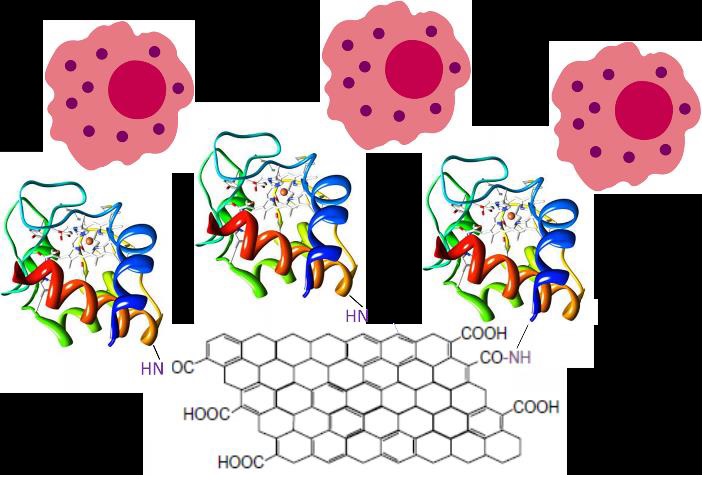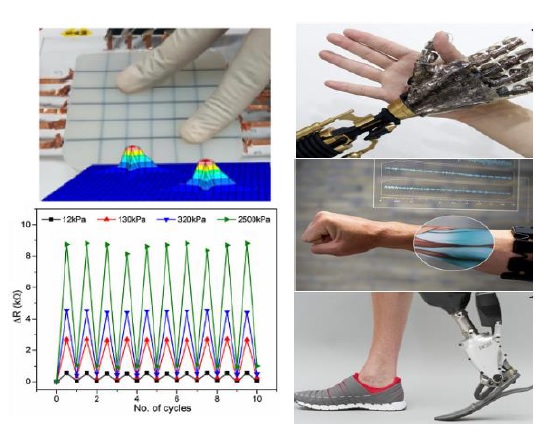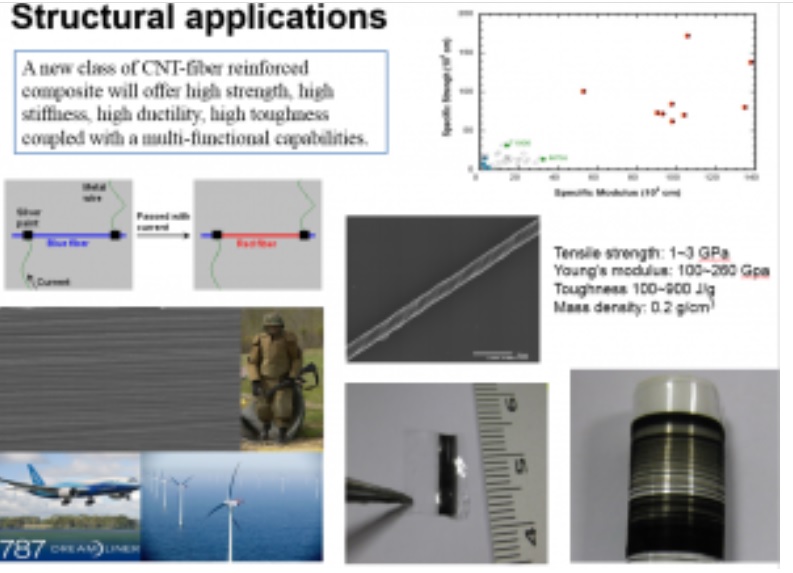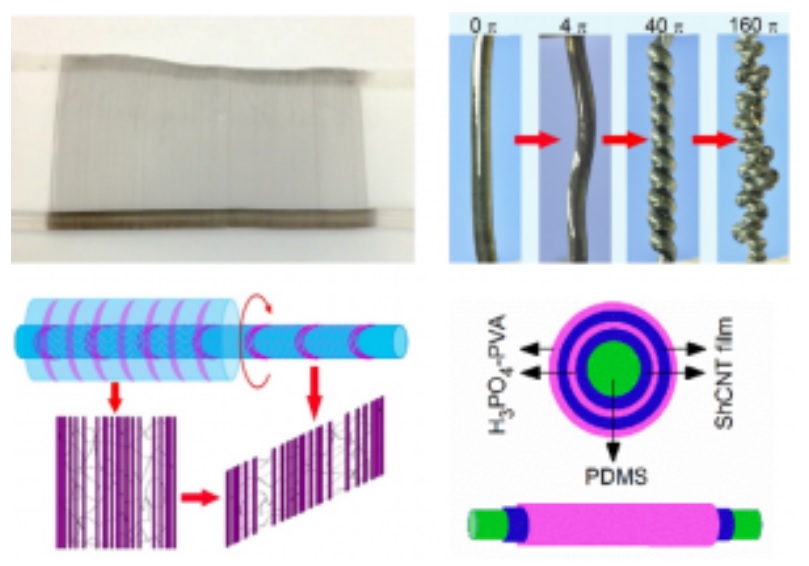Prof. Lianxi Zheng received his BEng degree on Electronic Engineering from Southeast University (China), and his Ph.D. on Physics from University of Hong Kong. He worked in Los Alamos National Laboratory as a Director’s Postdoctoral Fellow, CNT Technologies Inc. as a Research Scientist, Nanyang Technological University as an Assistant Professor, and now is a Full Professor at Khalifa University (UAE).
Prof. Zheng is working in the interdisciplinary fields of material sciences and nanotechnologies, with emphasis on low dimensional nanomaterials and their functional applications such as e-textile, smart sensors, nano-electronics, energy harvest & storage devices, nano-composites, artificial muscle, and photocatalysis. During his career, he has gained several awards, including 2 Nano 50 Award from NASA, and published more than 150 papers and some in high quality journals such as Nature Materials, Materials Today, Advanced Materials, Physical Review Letters etc.

“Bio-inspirational Field Effect Transistor Biosensor for Rapid Staphylococcus Aureus Detection” [CIRA-2021-002, co-PI (PI: Cincent Chan), 2022-2025]: to develop a novel FET biosensor from 2D material such as graphene to perform ultrasensitive detection of S. aureus through bio-functionalization of active transducer with macrophages. Furthermore, optimization of FET biosensor for S. aureus diagnosis will be achieved with engineering surface chemistry and enhanced with electrochemical kinetics measurement.

“Flexible & smart textile architectures with integrated tactile sensor arrays and memristive networks for robotic applications” [AED 2,739,164, CIRA-2020-24, PI, 2020-2023]: to develop a flexible & smart textile architecture with sensing, signal-processing, and self-learning functions for robotic applications. The sensing unit is composed of both in-plane tensile sensors and out-of-plane compressive sensors that can provide 3D stress/strain distributions, and the memristive network is able to recognize these signal patterns after training. The combination of both offers true smart functions without computation, enabling tremendous advances in the areas of artificial intelligence & robotics.

“Super-strong and multifunctional carbon-nanotube-fiber reinforced composites for aerospace applications” (AED 1,717,640, KUIRF L2, PI, 2014-2016): to study/develop a new class of composite that offers an outstanding structural performance combined with continuous structural health monitoring and on-line damage detection. This new composite material is based on high-performance carbon-nanotube (CNT) fibers, which are stronger and lighter than the carbon fibers that are currently used in aerospace applications.

“Highly stretchable and torsionable supercapacitor for wearable electronics” [AED 1,743,814, KUIRF L2, PI, 2017-2018]: to develop fiber-shaped flexible supercapacitors that can provide stable energy storage even under severe stretching and torsional deformations. These stretchable & torsionable supercapacitors will be fabricated from newly designed shearable-carbon-nanotube films, which have unique microstructures that allow them to translate the torsional deformation into shear strain, and then accommodate such a strain through nanotube sliding, without degrading the mechanical and electrical integrity.

“Development of smart glass with self-cleaning and infrared-shielding properties for energy-efficient buildings” [AED 2,299,348, CIRA-2018-03, Co-I (PI: Giovanni Palmisano), 2018-2021]: to develop 2D materials based Z-scheme photo-catalyst systems and immobilize them on glass for environmental remediation. The artificial Z-scheme is constructed by two photosystems, one having strong oxidative holes while another having strong reductive electrons. Both photosystems are designed and fabricated in 2D morphologies and with visible-light band-gaps, so that the resultant Z-scheme catalysts can possess efficient light absorption, effective charge separation, and high redox capabilities at the same time.